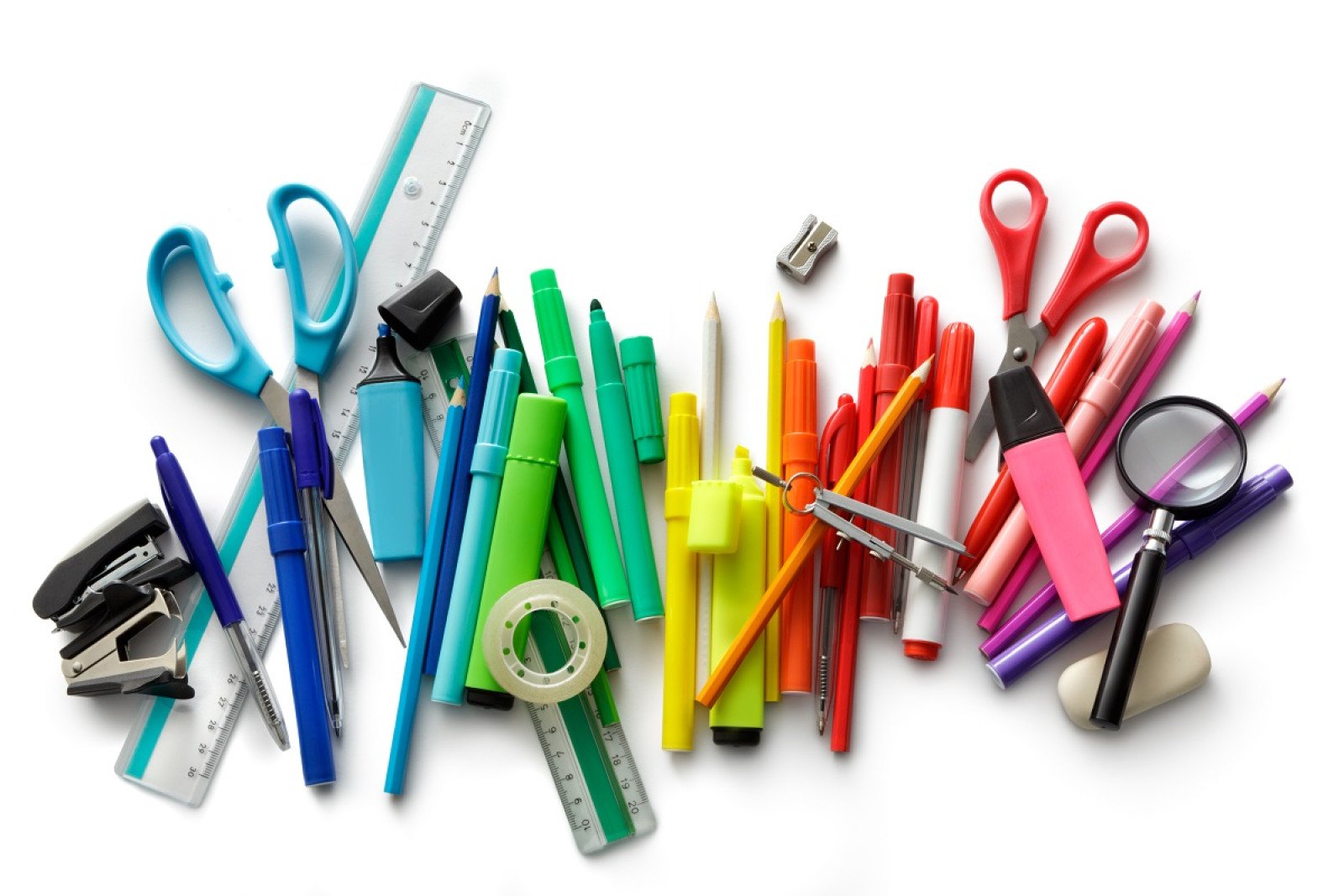Plastic planet
Learn more about the environmental impacts of plastic and craft a bird feeder out of used plastic containers.

Overview
Get your students thinking about the environmental impacts of plastic and taking action. Start by picking up litter from around the school grounds to see just how much plastic ends up getting tossed aside and then get creative by making repurposed bird feeders out of used plastic containers.
Instructions
What you'll need
- "Plastic planet" slideshow (French version available)
- "Bird bistro" instructions (French version available)
- Clean-up supplies: Tongs, garbage bags, gloves
- Bird bistro supplies:
- Yogurt or pudding containers, rinsed out
- Bird seed
- Vegetable fat
- String
- Popsicle sticks or twigs
Plenty of plastic
- Pull up the "Plastic planet" slideshow to discuss:
- How much stuff is made of plastic,
- How energy is used to make plastics, and
- How plastics impact our oceans and wildlife
- To reveal the answers to the trivia questions, flip to the next slide. Were students able to guess correctly?
LITTERly gone
3. As a class, head outside for a litter clean-up with tongs, bags and gloves.
- After the clean up, come together as a group to explore what you collected.
- How much of the litter is made of plastic?
- What can we do to reduce the amount of plastic we use?
See Teaching notes for more info on plastic pollution.
Bird bistro
5. Plastic tends to have a very brief life cycle and gets tossed out after a single use. One way to keep plastic out of our landfills and oceans is to get creative and reuse plastic items for another purpose. Gather up your supplies and let’s repurpose yogurt containers into bird bistros:
- Hand out copies of the "Bird bistro" instructions or display on the board for your students to follow
- Safety tip: if bears or other large wildlife are a concern where you live be careful where you place the feeder, what seed you use, and consider taking it in at night.
Modify or extend this activity
- Have the students play "Plastic eye spy". Using white boards or scrap paper or cameras, ask groups to look around the classroom (or school) and list items made from plastic.
- Have the students brainstorm alternate materials for these items
Curriculum Fit
Our activities provide a link to the core competencies of the curriculum. The activities engage students in understanding the issues of plastic in our world, taking responsibility, and creatively designing solutions.
Core competencies:
Communications
- Connect and engage with others (to share and develop ideas)
Thinking
- Creative thinking: generating ideas
- Critical thinking: question and investigate
Social responsibility
- Contributing to community and caring for the environment
The activities also connect to a variety of grade-specific curricular competencies and content in a variety of subjects including Physical and Health Education, Science, Social Studies and English Language Arts.
Assessments
- Assess students’ ability to share ideas, listen to each other and take action.
- Assess students’ participation to care for their school environment and find creative solutions to help end plastic pollution.
Teaching Notes
Conservation is BC Hydro’s message
BC Hydro uses the power of falling water to create clean, reliable electricity. Water turns turbines that drive generators to produce our electricity. After use, water continues its path through the natural water cycle. There is value in teaching B.C. youth about the important role water plays in this province.
Check out these Tips and technologies for more ways to save electricity.
Plastic pollution background
Over 12% of our waste is plastic, which spells problems for our oceans and wildlife. Check out this National Geographic Kids article on plastic pollution to read tips on how to reduce our plastic waste and understand the issues with disposable plastic water bottles.
Young people can take action
Young people are ambassadors of a sustainable future. By understanding the issues and taking action they will be empowered to protect our environment.






